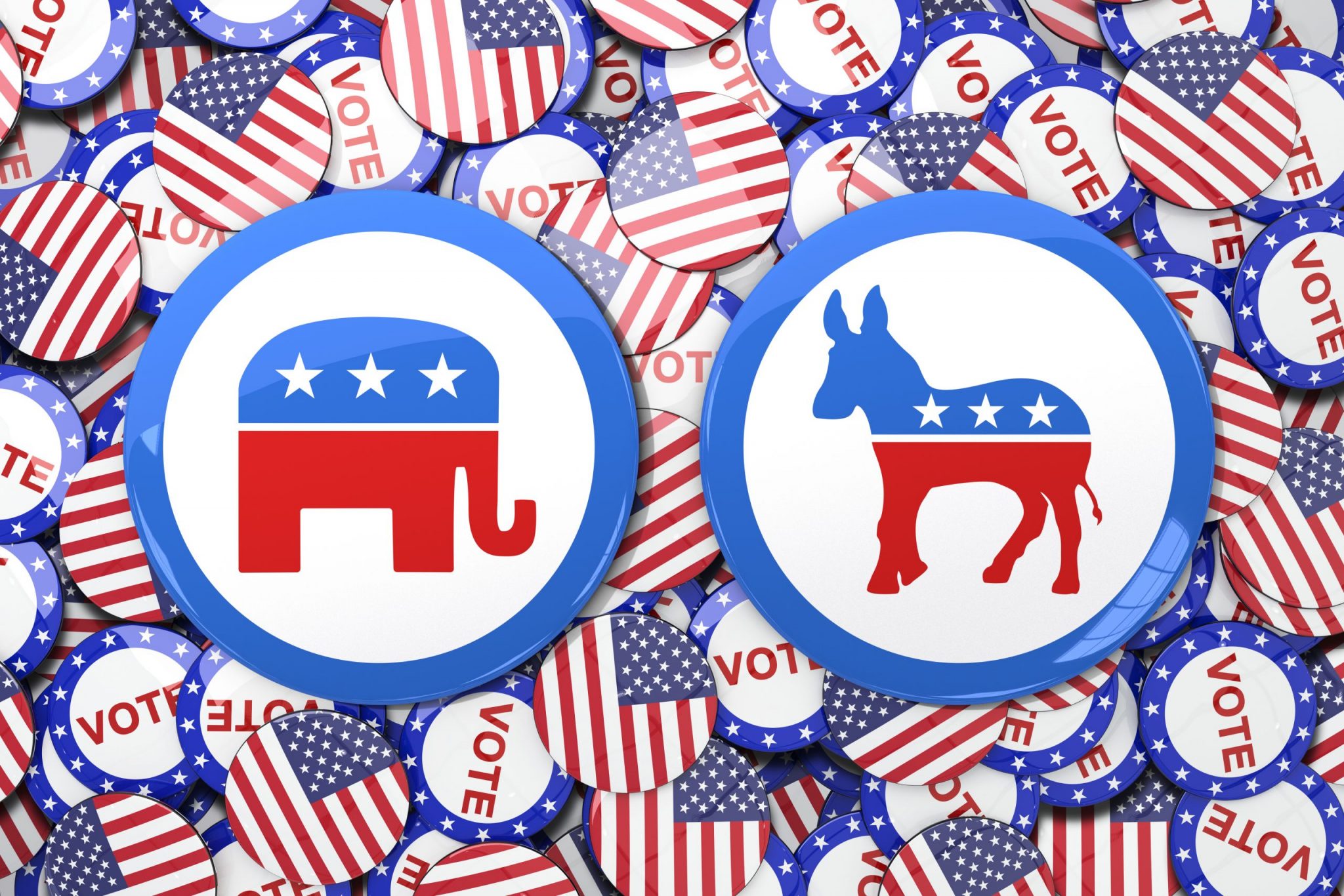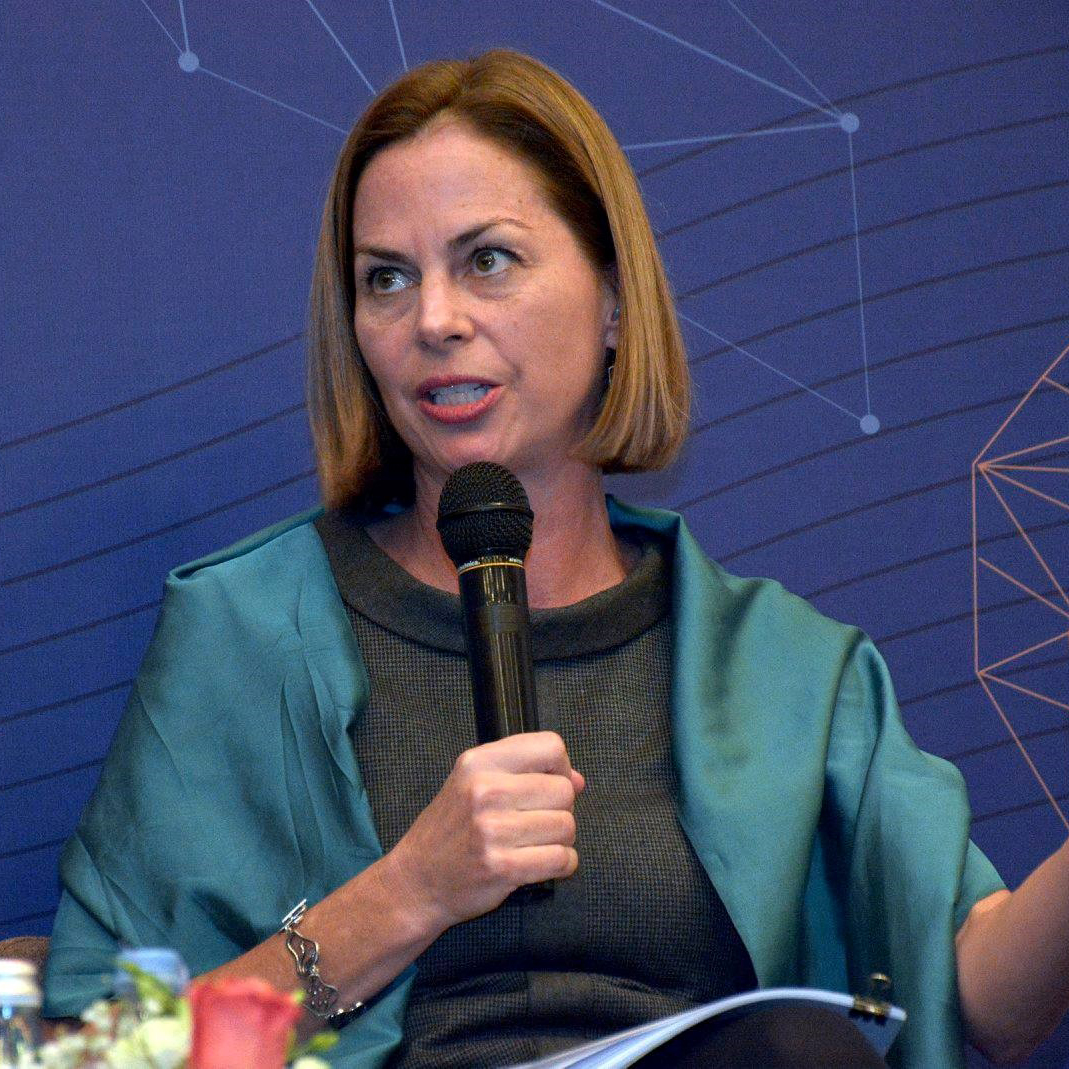As any American expat abroad will tell you, living far from the United States gives you a clearer view. My 25 years overseas startled me with realizations about my country, from weird little things (why do we have so many types of breakfast cereal?), to significant cultural and political distinctions. One trait more pronounced in the U.S. than elsewhere is our binary lens and penchant for sorting into good or evil camps. We are not a land of nuance or spectrums. Luke Skywalker, Darth Vader; Team Anniston, Team Jolie; you’re with us, or you’re against us. It permeates our politics as well, as we, unlike most countries, are stubbornly grounded in a two-party system, each viewing the other as an enemy. Indeed, half of Americans believe civil war is an actual possibility.
Our unique election system design feeds this toxic two-tribe polarization by promoting extremes, hindering competition, and thwarting equal representation. Most democracy reforms require a Herculean effort and a lot of time—civic education, national civil service schemes, media reform—but there are comparatively quick electoral fixes we can do now to help diffuse our schism. States and parties should consider a proportional formula, multimember districts, and/or alternative voting measures like rank choice. Importantly, these changes would not benefit “one side,” nor do they require constitutional changes.
Few countries have a majoritarian, single member district system like the United States, or “winner takes all,” where even if the victor wins by a fraction, they secure all the representation. When outcomes do not proportionally correspond to votes, supporters of the losing side feel voiceless. This system has incentivized our infamous, and surgical, gerrymandering to the point where almost all districts are considered “safe”—effectively not competitive and with electoral bias baked in. The favored party does not need to win the hearts and minds of other constituencies, instead playing a turnout game aimed at the base.
Proportional systems, used in most countries where I’ve lived, ensure even representation. Your party may come in third with only 15 percent of the vote, but you are entitled to 15 percent of the seats, giving small constituencies a voice. This incentivizes greater political diversity and broader ideological groupings, and less bipolar conflict. In fact, when I lived In Georgia (the country), the United States supported the country’s push to adopt a fully proportional model given the intrinsic failures of the majoritarian system to foster political pluralism.
Consider if a state appropriated its federal congressional seats proportionally. According to polls, 35 percent of people in Alabama identify as Democrats, but both senators and six of seven congresspeople are Republican, translating to 11 percent representation for Democrats. In a proportional system, they would secure 35 percent of the seats, adhering more faithfully to the principle of one person one vote.
Alternatively, other countries have multi-member districts to deliver more comprehensive representation. Some states, like Arizona, New Jersey, and Washington, also use multi-member districts to elect state House members. By creating opportunities for minority and small parties to win, this model incentivizes different behavior from the dominant party. As Direct Democracy has pointed out in an analysis of the U.S. election system, comparative research shows that representatives from multi-member districts are more likely to make decisions based on broader interests.
The United States is also an outlier in its party candidate selection process with primaries, making it more vulnerable to extremism. To be fair, when I worked with political parties abroad, I was often dealing with the opposite problem; candidate selection was opaquely determined by a few, mostly male, leaders, and I was advocating more transparent, competitive, and inclusive selection processes. However, taking this party decision to the public can fundamentally alter outcomes. As we know, voters who participate in primaries are the most energized and closest to the ideological poles, forcing candidates to yield to the extremes to win.
We are starting to experiment with ways to change this, drawing on tested voting designs from other countries like two-round systems, single nontransferable voting, and rank choice, to name a few. Many countries, like France, require candidates to clear the 50 percent threshold or face a runoff with the second ranking candidate. This allows voters who voted for losing candidates to reassemble. Rank choice, as the New York mayoral race demonstrated, allows voters to sort their preferences, and if no one wins a majority, reappropriates choices according to rank. Both encourage candidates to play a wide game, understanding that they will have to appeal beyond their base to make it across the finish line. It is unlikely that Trump would have secured the 2016 primary if rank choice voting was used. Rank choice voting also thwarted more extreme candidates, like Amanda Chase, in Virginia’s governor’s race this year.
Our election system marginalizes moderates and entrenches two-party conflict, encouraging extremes to capture the party system, rather than allowing the country to more naturally fall into a multiparty system, giving us more choices better aligned to our interests. The polling outfit Echelon Insights, for example, shows us shaking out into five parties, a modest number for a country of 330 million people. This would completely transform the political landscape, providing more diverse and equal representation, isolating extremists, and providing limitless coalition and consensus building possibilities in our governance.
Election system fixes are by no means a cure all. Autocrats are on the rise globally, including in proportional, multiparty parliamentary systems. However, defeating extreme elements and parties has proven easier with more pluralism and fluid coalitions. Former Israeli prime minister Bibi Netanyahu would have likely sailed to victory again in our rigid two-party electoral system, but he was rooted out through multiparty maneuvering.
The United States prides itself on its unique democratic design and is stubborn to touch it. But in this time of democratic backsliding, bitter divisions, and dangerous discontent, it’s time to open up to change and perhaps learn a thing or two from others.
The views expressed in GMF publications and commentary are the views of the author alone.





